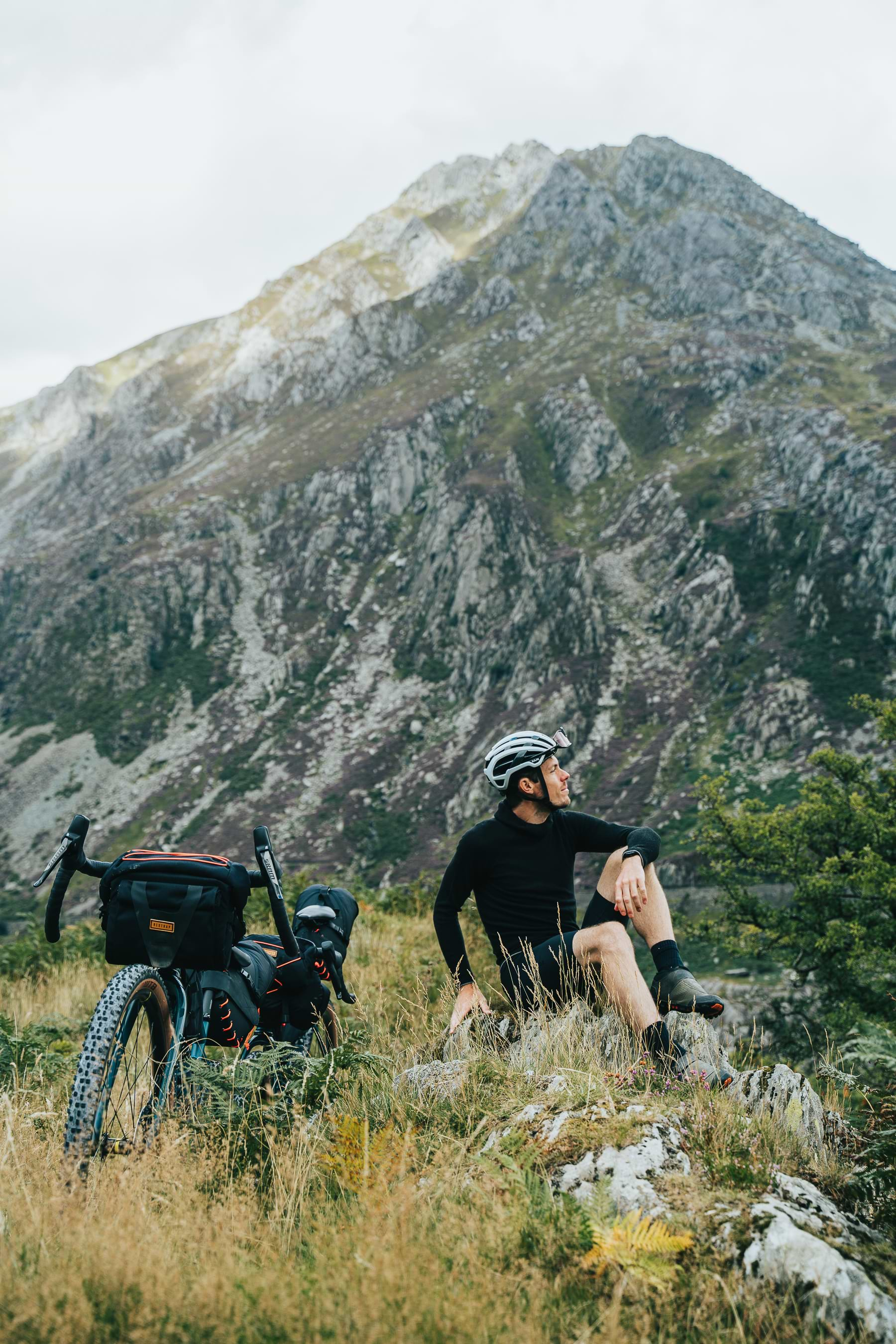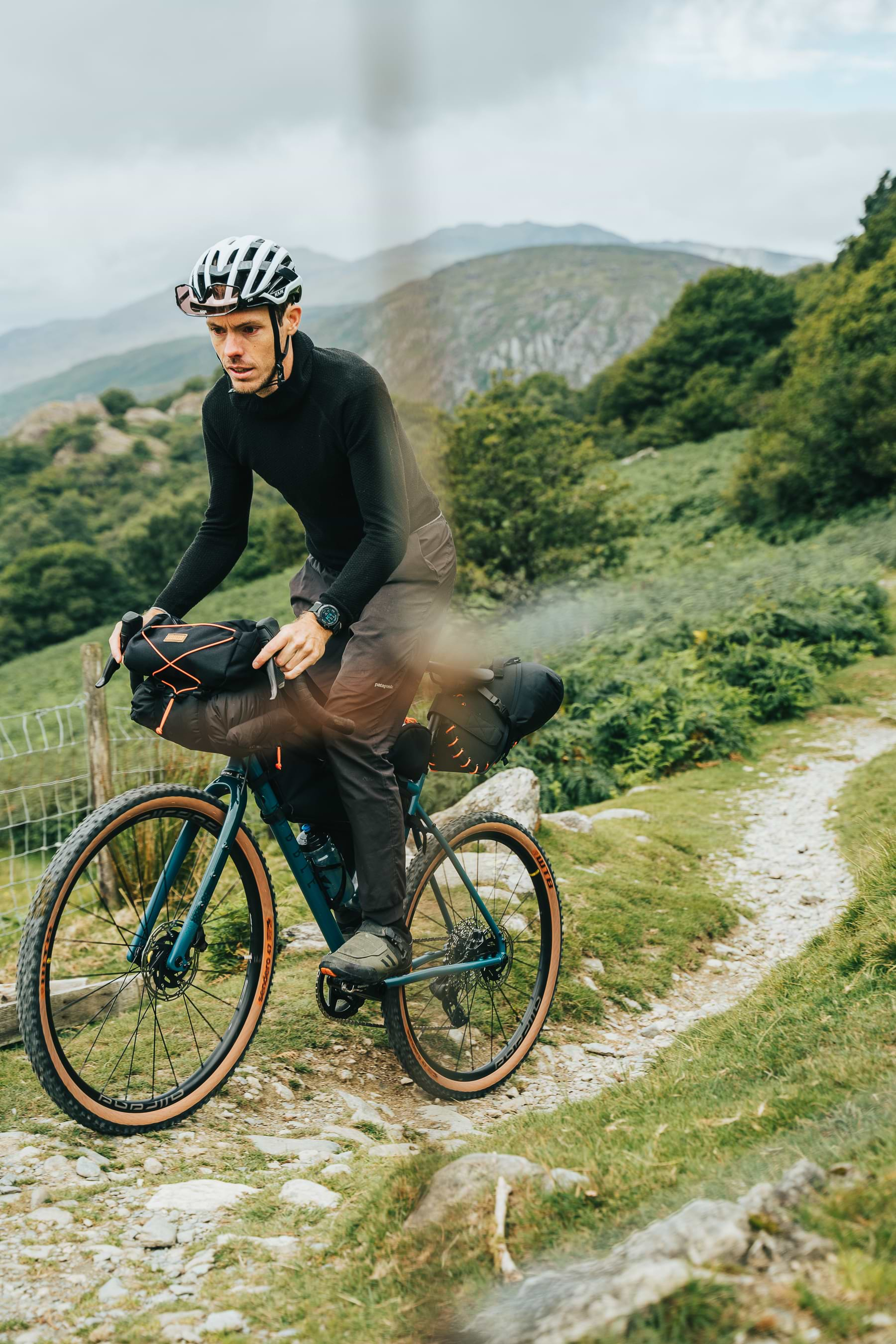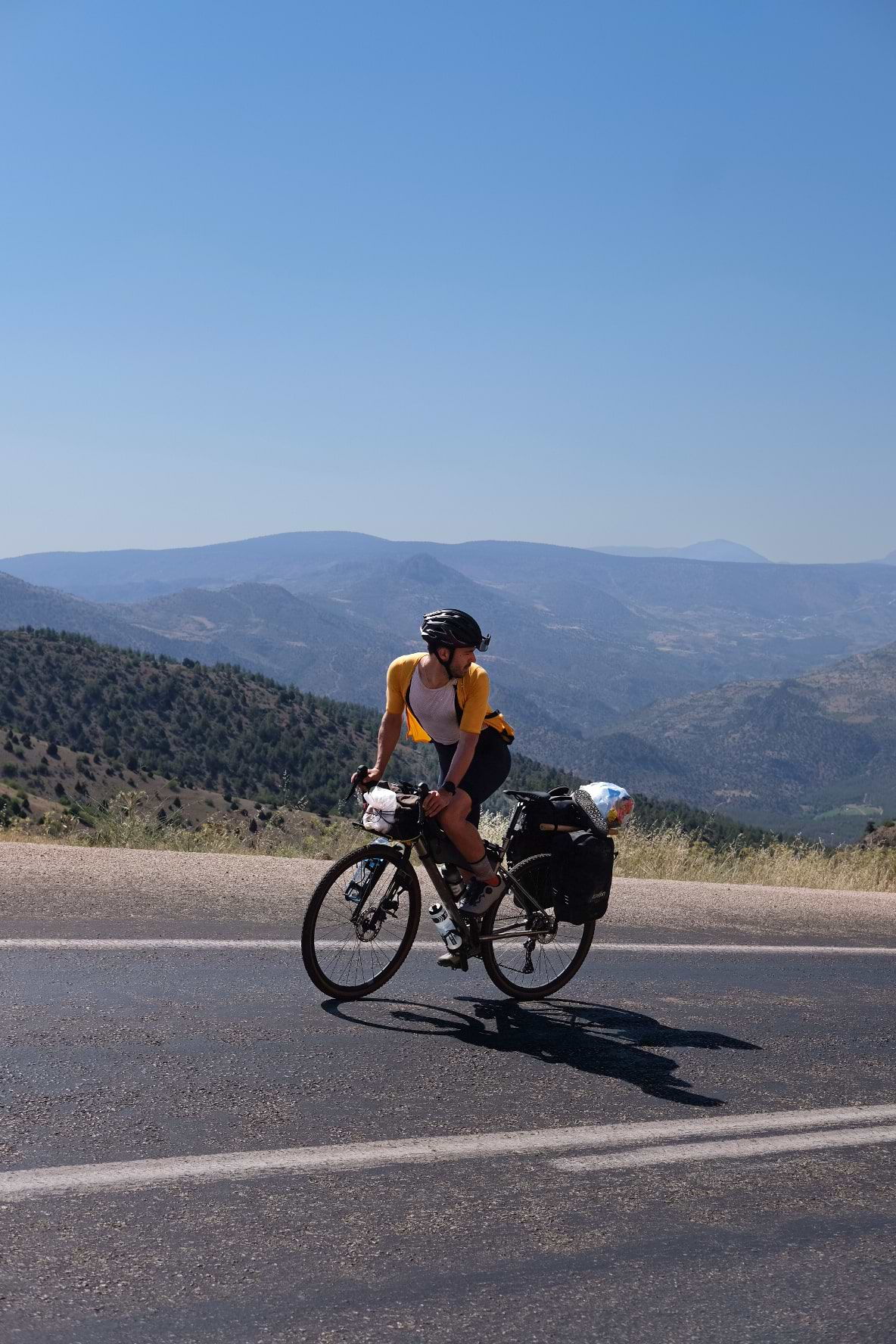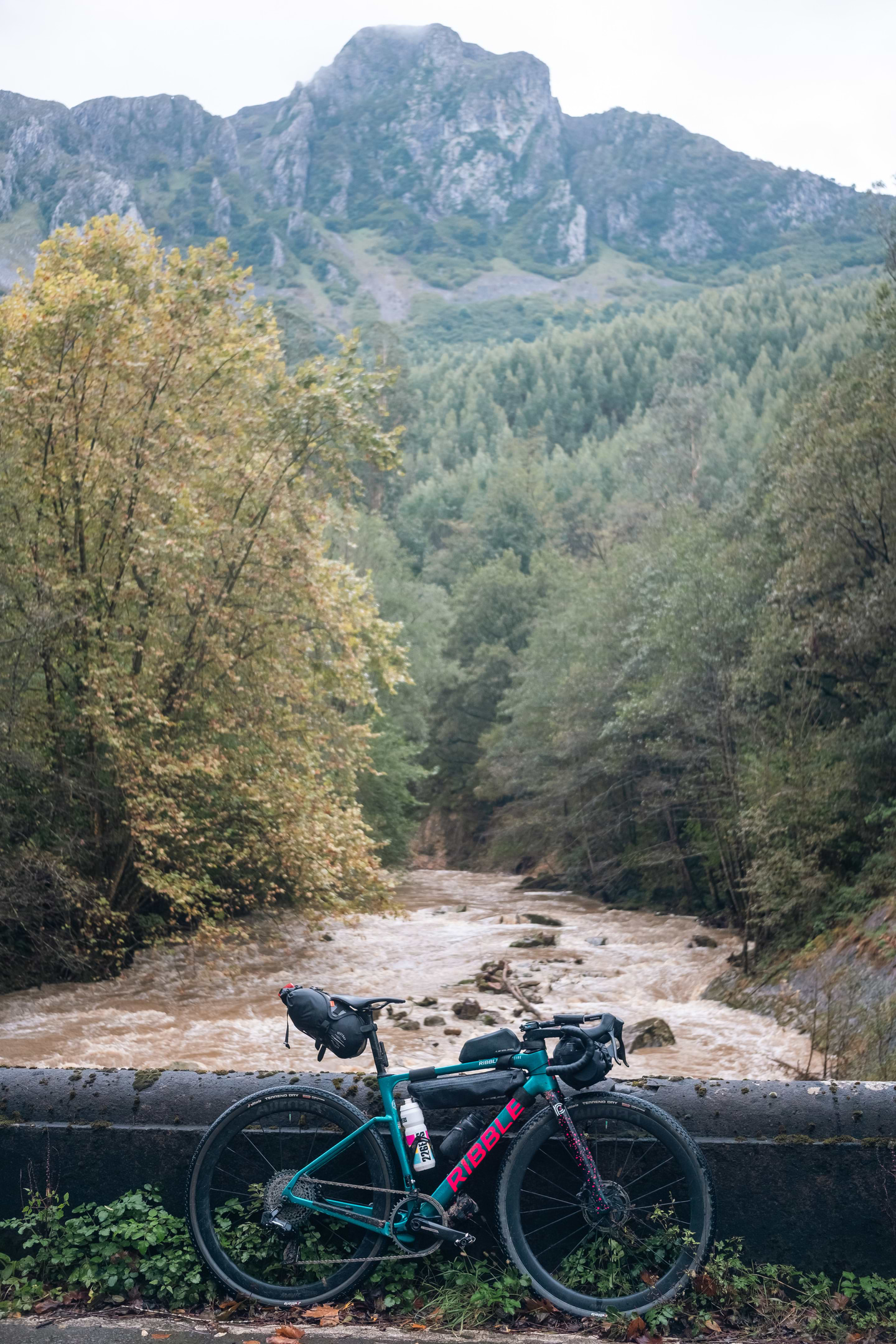Ultimate Bikepacking Checklist: Essential Gear for Every Adventure
Embarking on a bikepacking adventure is a great way to explore new terrain. It combines the freedom of cycling with the thrill of camping under the stars. This fast-growing trend allows riders to travel light, with streamlined gear that fits directly to the bike, which makes tackling popular routes and off-piste trails easy. Unlike traditional touring, bikepacking is all about flexibility, enabling riders to navigate rougher terrain and reach remote spots otherwise out of reach.
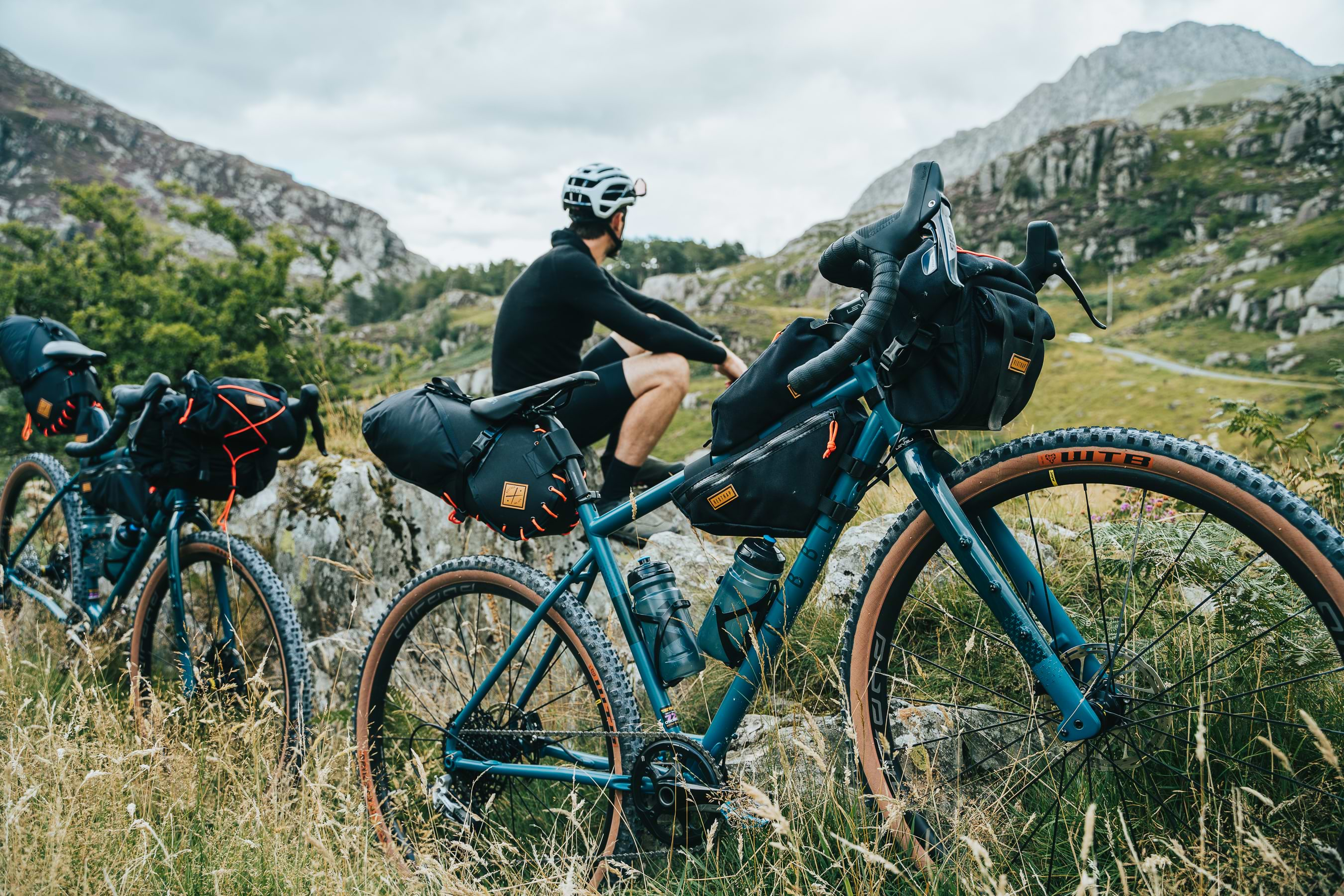
Introduction to Bikepacking
Like most things in life, preparation is key. Whether you’re setting out for a day trip or embarking on a multi-day journey, we have the ultimate bikepacking checklist, covering everything from repair kits and navigation tools to food, hydration, and camping gear. With our bikepacking kit list, you’ll be ready for every twist, turn, and challenge ahead!
Core Essentials
When embarking on a bikepacking adventure, having the right essentials is crucial in handling any challenge that comes your way. Here, we’ve broken down a list of core essentials to ensure your journey goes off without a hitch...probably!
Bike Repair Kit
No bikepacking checklist is complete without a reliable repair kit. Even the most well-maintained bikes can encounter issues on rough or remote trails. Equip yourself with tyre levers to fix flats, a mini pump to keep tyres inflated, and a multi-tool to handle everything from tightening bolts to adjusting brakes. With these tools, you can make quick repairs and keep your journey moving smoothly.
Navigation Aids
When bikepacking, getting lost can mean more than just a detour—it can be dangerous, especially in more remote areas. Whilst a GPS device is invaluable for easy route tracking, it’s also good practice to carry a backup in the form of a map and compass. These low-tech options are lightweight and don’t rely on batteries, making them ideal if you’re heading off-grid. With the right navigation aids, you can explore new terrain confidently and find your way back if plans change.
Safety Gear
Safety should always be a top priority when bikepacking.
- Helmet - A well-fitted helmet is essential for head protection, especially when navigating unpredictable trails.
- High-visibility clothing ensures you’re seen by other traffic, even in low-light conditions.
- Front and rear lights enhance visibility and safety at all times of the day.
Prioritise safety gear to enjoy your biking adventure with complete peace of mind, knowing you’re prepared for whatever lies ahead.
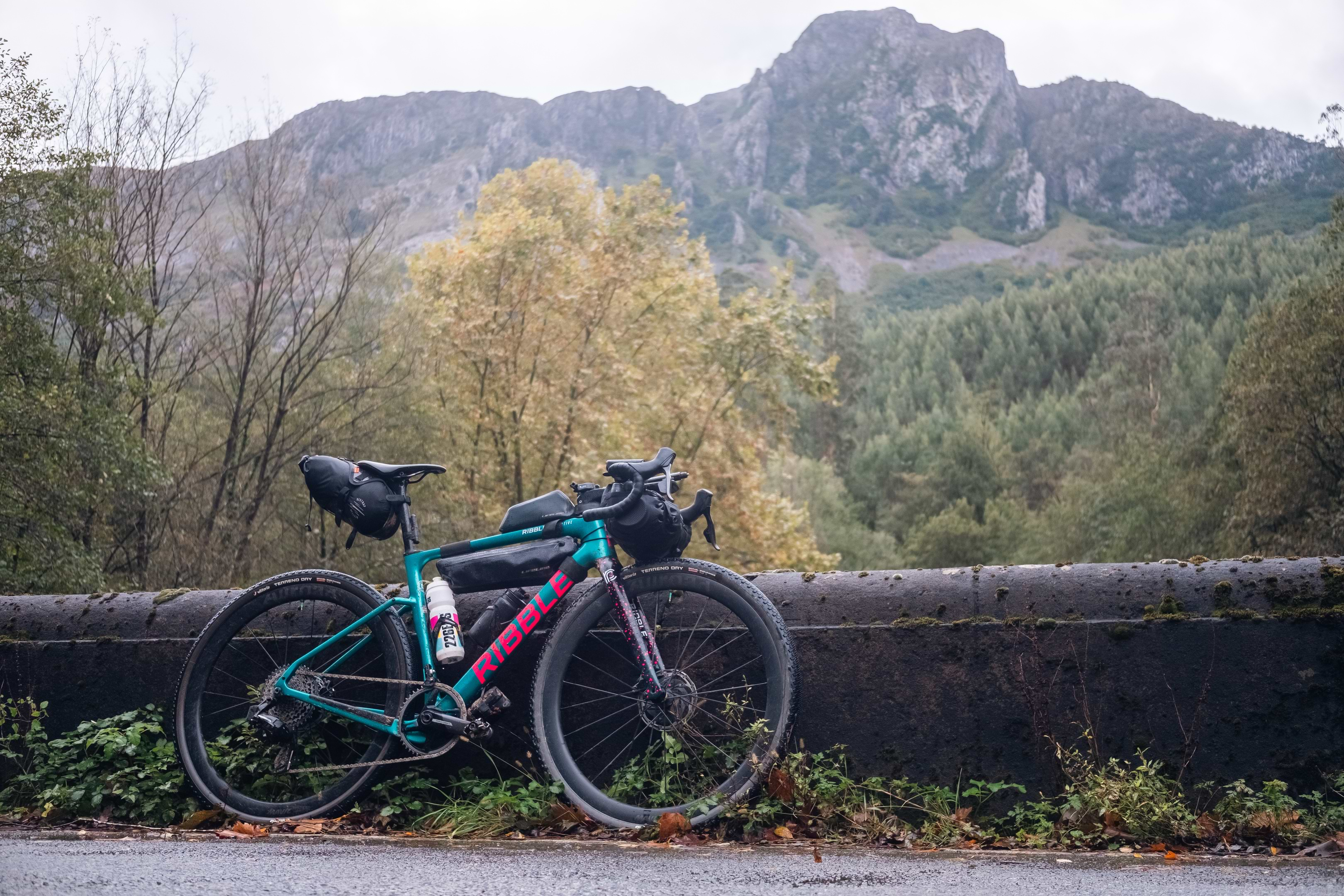
Above Image: Ribble Collective rider Metheven Bond seized the opportunity to detour through the Pyrenean foothills on his Gravel SL race bike on his journey home from a gravel event in Spain.
Packing for Comfort
Your personal comfort can make or break your bikepacking trip, especially when tackling unpredictable weather or camping overnight.
Clothing Layers
As we all know, the weather can be incredibly unpredictable, so packing various layers is essential. Bring lightweight, moisture-wicking base layers, a mid-layer jersey, a waterproof jacket to keep rain at bay, and gloves to keep hands warm and comfortable on longer rides. Warm layers like a fleece or thermal jacket will help you stay cosy during chilly mornings and evenings. Versatile, weather-appropriate clothing will prepare you for any climate without adding unnecessary weight.
Camping Essentials
A few essentials will significantly benefit your comfort and recovery if you plan to camp out. A lightweight, compact tent provides shelter and privacy, while a sleeping bag suited to the temperatures you'll encounter ensures you stay toasty warm throughout the night. A sleeping mat offers extra insulation and cushioning from the ground for a better night's sleep, allowing you to wake up refreshed and ready to face the new day's challenges.
Care Essentials
A basic first aid kit is crucial for treating unexpected minor injuries or scrapes while riding. To stay fresh, top up your kit with wet wipes. Packing a bottle of sun cream to protect against sun exposure is vital for sunny days. Even on cloudy days, UV rays can penetrate the clouds and cause sun damage, especially when riding on exposed trails without trees or buildings to provide shelter.
Food and Hydration
Staying energised and hydrated is key for any bikepacking trip, so remember to pack plenty of food and hydration solutions that are efficient and easy to carry.
Water – Hydration packs or water bottles are a prerequisite for carrying enough water on the go. Consider bringing a water filter or purification tablets to refill safely from natural sources during longer trips. This approach helps you pack lighter while ensuring you’re prepared for remote routes where clean water access may be scarce.
Food – Fuelling up with high-energy snacks is essential for maintaining stamina on the trail. Pack lightweight, calorie-dense, non-perishable foods like trail mix, protein bars, and dried fruits. These options are easy to pack, quick to eat and provide the necessary energy to keep you going without taking up too much space.
Miscellaneous Essentials
Power Bank/Extra Batteries – A power bank or extra batteries ensures you stay connected. keeping your electronics functional throughout your entire journey.
Extra Bags for Waste Disposal – Preserving the environment and maintaining cleanliness are essential when bikepacking. Use extra bags for waste disposal to take your rubbish home, preserving natural landscapes and keeping areas nice and clean for others to enjoy.
Above Images: Ribble staffers showcase the Gravel 725 steel all-terrain capabilities during our Ribble x Restrap collab shoot.
Off-Road Essentials
While both on-road and off-road trips share core essentials like repair kits and safety gear, tailoring equipment to your route type can make the journey smoother and safer. Each style of bikepacking benefits from specific tools, so it’s worth planning accordingly based on the adventure you’re undertaking.
Off-road routes often involve rough, unpaved terrain, requiring extra durability and preparedness.
Durable tyres and spares—Off-road trails often have rocky or muddy conditions, so choosing puncture-resistant or tubeless tires is essential. If you decide to use tube type tyres, it's a good idea to carry a few spare tubes and a dependable patch kit to handle any unexpected flats. Additionally, investing in a tyre boot can be beneficial, as it will help you manage a torn or slashed tyre until you can get to a bike shop.
Heavy-duty repair tools—Off-Road cycling puts more strain on components like chains and gears, so a few extra tools (such as a chain breaker and a spare derailleur hanger) might prove useful.
Suspension and bike handling gear—A bike with front or full suspension and padded gloves for better grip and shock absorption can significantly improve performance on technical trails.
On-Road Bikepacking Essentials
On-road bikepacking typically involves paved surfaces, which come with a different set of requirements.
High-Visibility Clothing – Visibility is critical for roads shared with other vehicles. Reflective or high-viz clothing and lights (front, rear, and helmet-mounted) help ensure drivers can always see you.
Road-Specific Tyres – Slick road tyres with less tread offer lower rolling resistance, making it easier to maintain speed on paved surfaces. Carrying lightweight tyre patches can also be beneficial for any unexpected flat.
Bike Lock – Since you’re more likely to stop in towns or urban areas, a lightweight, compact bike lock can keep your bike secure during rest stops.
Efficient Hydration Solutions – Road cyclists also have more access to refilling stations or shops, so hydration packs may not be necessary. A couple of water bottles mounted to your bike may prove sufficient, providing quick access to hydration on smoother, faster routes.
Route Planning and Traffic Navigation – When sharing roads with cars, consider using a GPS device or app with traffic alerts and real-time navigation to make you aware of any high-traffic areas or unexpected road closures.
Left Image: Sports physio Joel Teiger found the Gravel Ti much to his liking during his Turkey to Georgia bikepacking expedition. Right Image: The Pyrenees forms a stunning backdrop for any bikepacking adventure.
Ready to Ride? Packing Essentials for a Successful Bikepacking Adventure
Bikepacking is an exciting way to explore new landscapes. It combines the joys of cycling with the adventure of exploring the great outdoors.
Preparation is key to a safe, comfortable, and enjoyable journey, whether tackling off-road trails or cruising along paved routes. Packing core essentials like a bike repair kit, navigation tools, and safety gear equips you to handle the unexpected.
Adding layers for weather adaptability, camping gear for overnight stays, and personal care items ensures your comfort on long rides. Don’t forget food, hydration solutions, and miscellaneous items like a power bank and waste disposal bags to keep your trip smooth and sustainable. Tailor your kit based on whether you’re going off-road or on-road, with specific items for each terrain type. With this comprehensive checklist in mind, you’ll be fully prepared to embrace every mile of your bikepacking adventure!
Bikepacking Checklist
Bikepacking requires meticulous planning and careful packing to ensure safety and comfort.
- Core essentials include navigation aids, repair kits, and safety gear.
- Prioritise clothing layers and personal care items for different weather conditions.
- Food and hydration supplies should be portable, lightweight, and easily accessible.
- Power banks and batteries are also recommended for long routes.
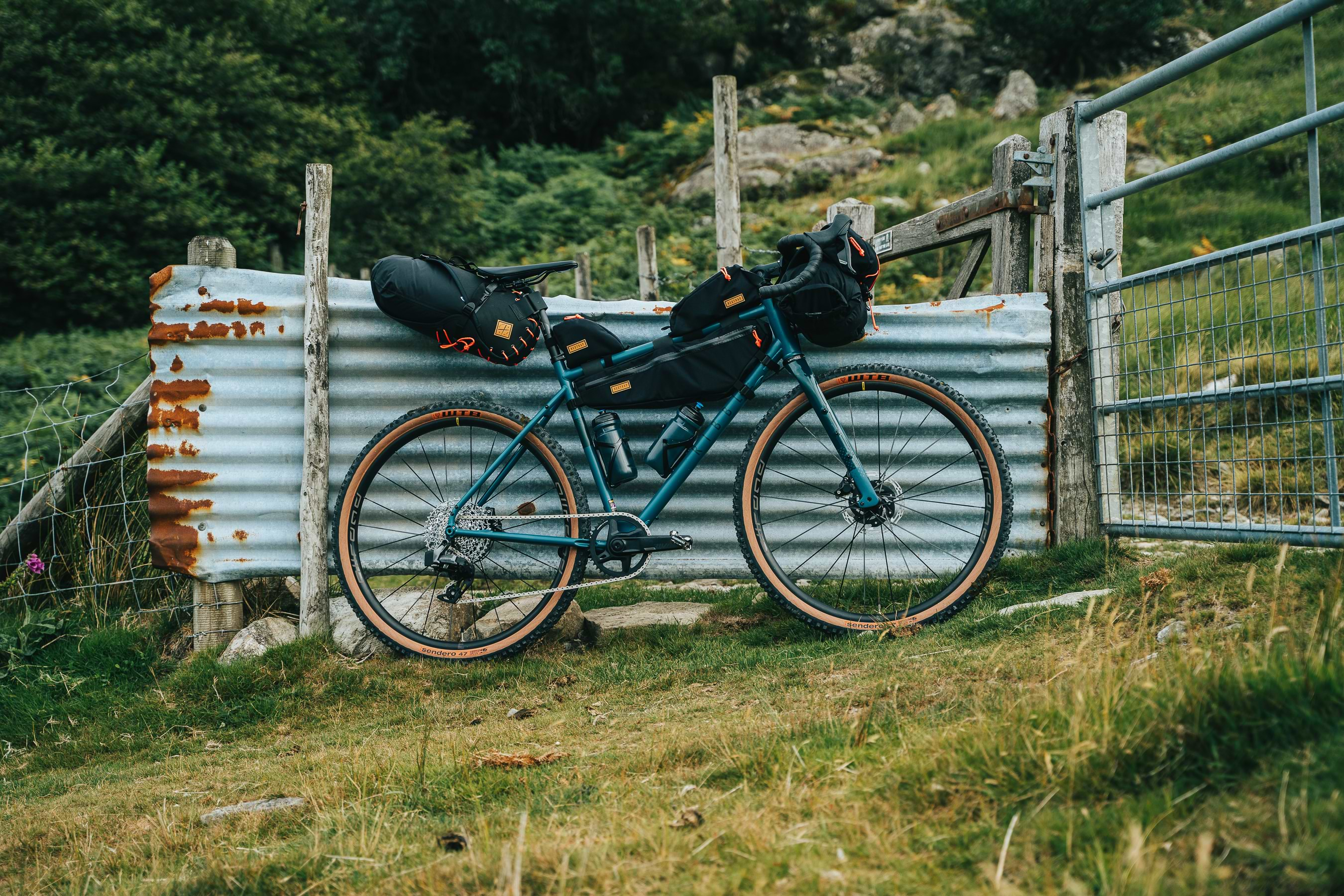
Above Image: The Gravel 725 showcases the wealth of frame mounts that makes it one of the most capable steel adventure bikes around.
Frequently Asked Questions
What Is Bikepacking?
Bikepacking is all about travelling light, with minimal gear strapped directly onto the bike, allowing for greater flexibility and the ability to tackle more challenging, off-road trails. Traditional cycle touring usually involves bulkier panniers and is often limited to paved roads.
Should I Pack Differently For Longer Trips?
- For a one-day trip, typical essentials include a repair kit, hydration, snacks, navigation aids, and safety gear.
- For a weekend trip, stick to the basics: repair kit, water, lightweight snacks, and minimal camping gear if you plan to stay overnight.
- For multi-day trips, consider additional clothing layers, extra food, and enhanced navigation tools to ensure you’re covered for the duration.
How Do I Carry Everything While Bikepacking?
Use bikepacking bags, such as frame bags, saddle packs, and handlebar bags, to distribute weight evenly on your bike.
What Food Should I Take On A Bikepacking Trip?
Pack a mix of high-calorie, nutrient-dense foods like protein bars, trail mix, and dried fruit for sustained energy. For longer trips, consider easy-to-prepare meals like dehydrated camping food or instant oatmeal for compact, filling options.
How Do I Plan A Route For Bikepacking?
Research routes, check terrain types, use GPS or maps, and ensure there are places to refill water along the way.
What Are The Best Navigation Tools For Bikepacking?
GPS devices, cycling apps, maps, and compasses can all help you stay on track, especially in remote areas.
How Do I Choose The Right Bike For A Bikepacking Trip?
The ideal bike for bikepacking depends on the terrain. A gravel or adventure bike with durable, wider tyres and additional cargo mounts is perfect for rugged, off-road trips. A versatile all-rounder like a CGR or Hybrid is better suited to on-road routes, where its efficient riding position, smooth tyre tread, and gear ratios are more beneficial.
After a new bike for your bikepacking adventure? For urban riding, check out our allroad range. For Off-road, our lightweight gravel bikes are fully equipped for every adventure.
Alleviate injury risk with a variety of yoga stretches and poses to increase on-bike flexibility and mobility.
